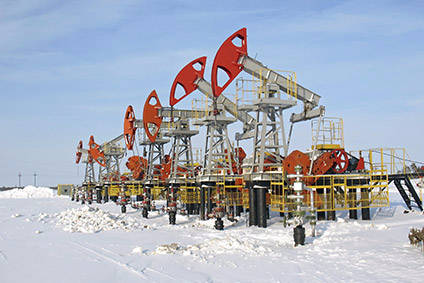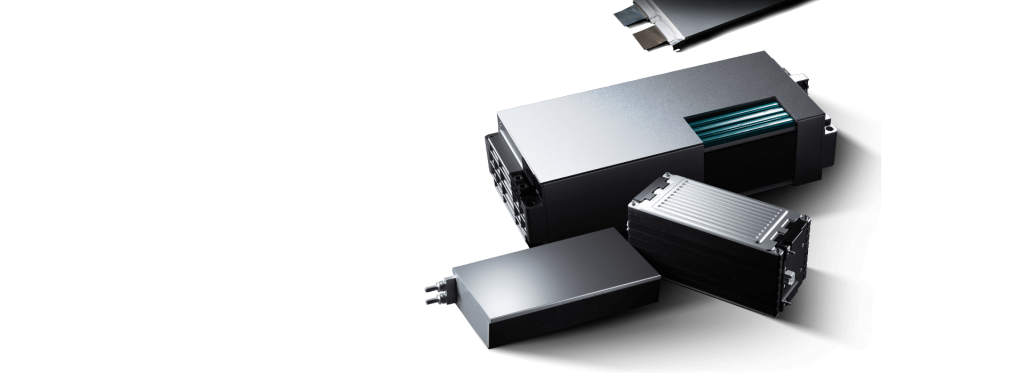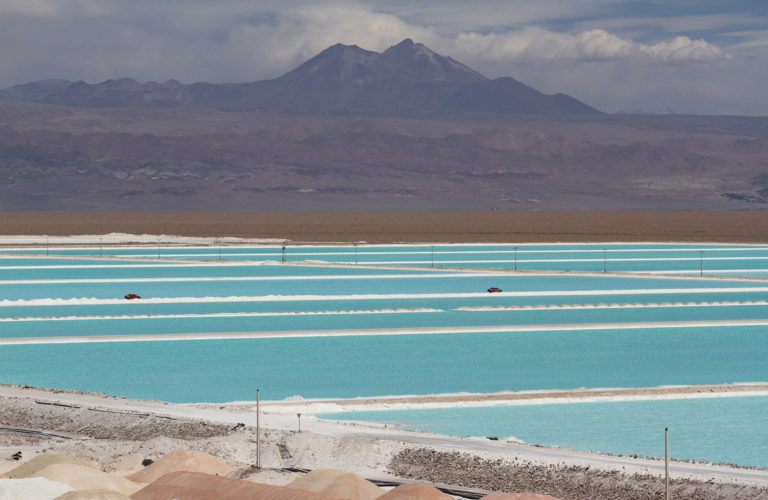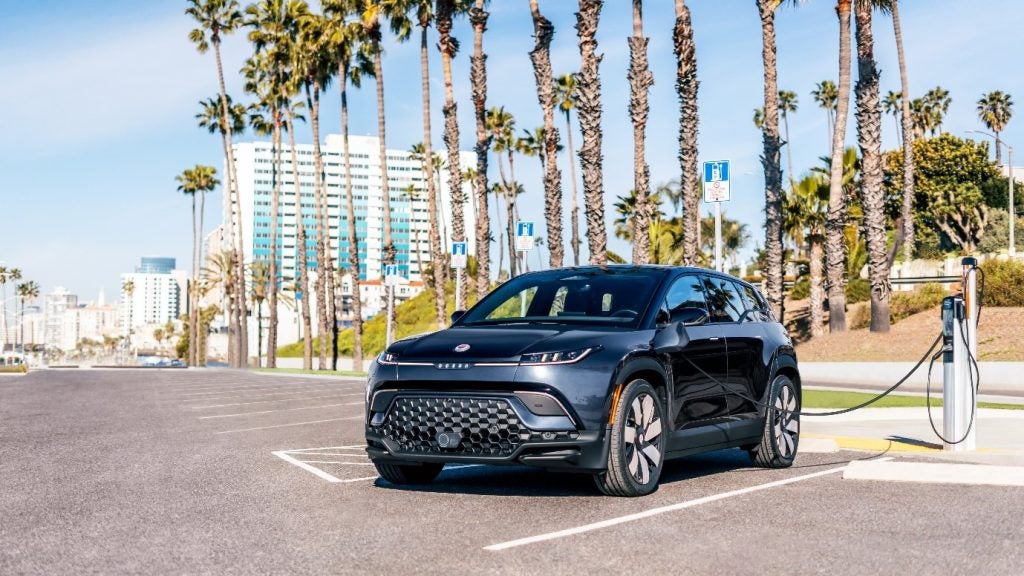
Volkswagen‘s Russian operation says the country may peak at around 2.4m units before the next downturn affects the extremely volatile market.
Once viewed perhaps somewhat optimistically as a potential 4m market, Russia has witnessed huge falls since 2013 with 50% volume wiped off as consumers battened hatches against a ferocious economic storm which saw a plunging oil price, depreciating ruble and high inflation combine with credit access challenges to deter big ticket purchases.
Last year saw sales of passenger cars and light and medium commercial vehicles reach 1.42m units, 11% below the 2015 result of 1.6m, but a tiny glimmer of light pierced the unrelenting gloom with quarterly figures last month showing the first positive movement in more than four years according to data from the Association of European Businesses (AEB).
There is clearly vast pent-up demand in the market, which could see a further million units added to that figure, but that may be the initial peak before yet more pressure is heaped on this most unpredictable of countries.
“We got the first crisis in 2009/10, which is when I [arrived and then] ran into a second crisis,” said Volkswagen Rus general director, Marcus Osegowitsch at the recent Russian Automotive Forum in Moscow, organised by Adam Smith Conferences. “What is very visible is the crisis started already in 2013 before we had any of the global, political misunderstandings.
“The car industry in Russia is very cyclical. We had good support from the government in the downturn, operational and tactical support, which is much appreciated. The outlook is positive – if we will reach 2.7m I doubt – maybe a mix of car sales is somewhere around 2.4m before we most likely hit the next downturn.
How well do you really know your competitors?
Access the most comprehensive Company Profiles on the market, powered by GlobalData. Save hours of research. Gain competitive edge.

Thank you!
Your download email will arrive shortly
Not ready to buy yet? Download a free sample
We are confident about the unique quality of our Company Profiles. However, we want you to make the most beneficial decision for your business, so we offer a free sample that you can download by submitting the below form
By GlobalData“It is due to commodity prices, instability in currency and of course there is the replacement cycle. In the long term we have a surplus of production capacity. Further localisation above the 60% we are currently having is not really competitive any more.
“We are getting into areas like electronics and gearboxes where you need a lot of scale and you will never reach that in Russia.”
Despite the fierce volatility inherent with doing business in Russia, Volkswagen Rus increased its market share by 1% last year, with the German automaker expressing its determination to tough out the peaks and troughs, which are in part dependent on energy price movements.
Russia is highly sensitive to oil price fluctuations, with The Kremlin’s coffers particularly sensitive to Brent and only last week (5 May), news emerged of a 7% fall overnight in barrel costs, which only serves to spook an already jittery market. However, despite the many challenges, VW Rus is determined to stay the course as well as pursue export opportunities.
“We don’t want to be negative about investment in Russia – that is the headline of the present,” added Osegowitsch. “Russia must become an integral part of the global automotive supply chain. We should not [only] think Russia and the CIS – we should open up to the world.
“To really localise and be successful we need to reduce the number of platforms – and yes we are able to export these platforms. It was all about import substitution for the last few years and being independent from the rest of the world with all these political differences, but we have to be part of a global system.
“If you just take locally produced platforms, you will not have enough choice for the consumer in Russia. [There are] long-term negative consequences if you only talk about import substitution. Russia should be part of a strong global supply chain, which consists of strong Russian production, but [there] should be a lot of exports [as well].
“Localisation is necessary and we have been doing that – we have a lot of local suppliers now. We need to deepen localisation, we need Tier 2, Tier 3, Tier 4 suppliers coming here.”
Russia has enacted a raft of tax incentives to encourage inward investment as well as exports of domestic products, using Decree 905 for example, to encourage home manufacturers to search overseas for opportunities. Some 16 automakers took advantage of the US$345m available for export initiatives last year.
There is also the Industrial Development Fund (IDF), which can provide access to certain incentives for overseas companies looking to set up in the country, with a significant pot available in the form of RUB43bn (US$737m).
This can be used to aid manufacturers such as suppliers, particularly those looking to add jobs in Russia through initiatives including the Special Investment Contract (SIC).







